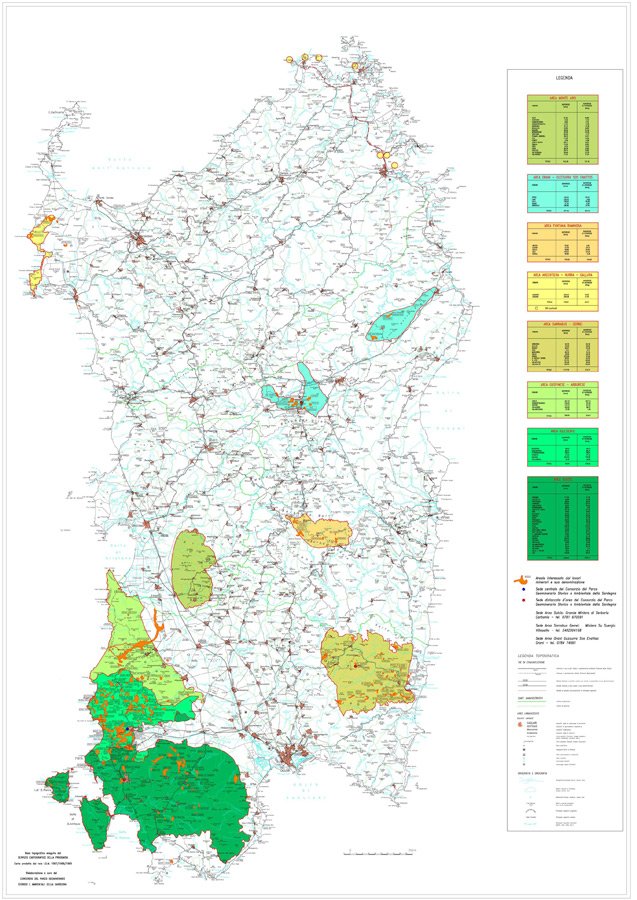THE GEO-MINING HISTORICAL AND ENVIRONMENTAL PARK OF SARDINIA
Serbariu mining sitewas included in the Parco Geominerario Storico e Ambientale della Sardegna, established with the decree signed by Altero Matteoli, the Minister for the Environment and Land Protection, on 16 October 2001.

◊
The story in brief
Already in October 1997, in Paris, the UNESCO general assembly declared the Geo-mining, Historical and Environmental Park of Sardinia “the first park in the world network of geosites-geoparks” The 8 areas of the Park (Sulcis, Iglesiente, Arburese-Guspinese, Sarrabus-Gerrei, Argentiera-Nurra-Gallura, Funtana Raminosa, Orani-Guzzurra-SosEnattos, Monte Arci), for a total of 3800km2, make it one of the most extensive and heterogeneous in Italy. The sites range from the Great Mine of Serbariu and the Mine of Rosas (currently the only two mining sites that can be visited all year round) to particular examples of mining engineering such as Porto Flavia, Henry Gallery and numerous other galleries that have now become museum structures. It is a unique park in the world, where you can retrace eight thousand years of mining history during which different peoples have followed one another in search of minerals, leaving indelible traces of a fascinating culture. Mining has shaped the landscape and at the same time the ancient culture of the mining populations, creating a complex environment of evidence of industrial archaeology, underground cavities, workers’ villages, extraction shafts, thousands of kilometers of tunnels, industrial plants, ancient railways, precious documentary archives and the memory of generations of miners that make the Park a new great cultural deposit to be discovered.
Sito web: Parco Geominerario Storico e Ambientale della Sardegna
Sardinia mines
